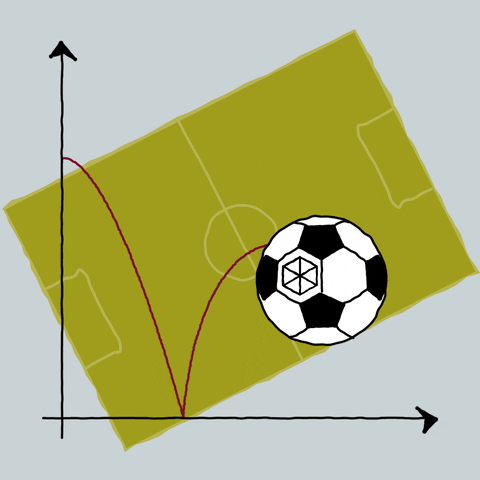- BET IQ
- Posts
- Shooting for the Stars: A Machine Learning Approach to Forecasting Soccer Outcomes
Shooting for the Stars: A Machine Learning Approach to Forecasting Soccer Outcomes

By forecasting shot quantity and quality distributions rather than direct match outcomes, we can better capture the inherent uncertainty in soccer predictions and improve betting returns.
1. Shot Distribution – The New Predictor Instead of predicting the outcome or score of a match directly, this study looks at the distribution of shots taken and their quality. This involves predicting the quantity of shots and the quality (i.e., likelihood that a shot will result in a goal). The idea is that by accurately predicting these factors, one can better simulate the flow of the game and the likelihood of various outcomes.
Takeaway: Understanding the nuances of shot distributions offer a fresh perspective on predicting match results.
2. ELO Ratings – A Fundamental Anchor ELO ratings, traditionally used to rank chess players, are applied here to gauge team strength. It’s basically team strength based on historical performance and the relative strength of their opponents. These ratings become the foundation for forecasting shot-related variables, which influence the prediction of match outcomes.
Takeaway: ELO ratings can be a powerful tool beyond their conventional use, providing a dynamic measure of team capability.
Our methodology demonstrated competitive performance and profitability, achieving returns 6.7% above market baseline while maintaining simplicity in feature engineering.
3. Simulations – A Game of Possibilities They simulate thousands of possible match scenarios based on the predicted distributions of shots. Each simulation represents a different potential outcome of a match, accounting for randomness and uncertainty. The results of these simulations are theaggregated to estimate the probabilities of different match outcomes, such as a win, loss, or draw.
Takeaway: Simulations can capture a wide range of potential match outcomes, offering a comprehensive view of possibilities.
4. Performance Metrics – Beyond Accuracy Ranked Probability Score (RPS) and Mean Absolute Error (MAE) to evaluate the model’s predictions. RPS considers the accuracy of the predicted probability distribution over outcomes, which is crucial for models predicting probabilistic outcomes. MAE measures the average magnitude of errors in predictions, providing a straightforward indication of prediction accuracy.
Takeaway: This helps to try and correctly assign probabilities to those outcomes, which is critical for betting markets and “forecasting”.
5. Betting Implications – Strategy Matters The study also explores the profitability of its models in betting markets. Strategies based on these forecasts showed varying degrees of success.
Strategy 1: Bet one unit on each game if the odds offered by the bookmaker were higher than their estimated odds.
Strategy 2: Bet an amount equivalent to the inverse value of the forecasted odds if the bookmaker’s odds were higher.
Takeaway: Using their machine learning model strategy 2 showed 6.7% return above baseline, indicating that this strategy was able to identify profitable opportunities in the betting market.
The Deep Dive
This research tackles the challenging world of soccer prediction through an innovative lens of shot distributions. When focusing on fundamental aspects of the game (shots and their quality) rather than just end results, the researchers found a more nuanced approach to match prediction. In my opinion the methodology shows promise for both academic understanding and practical betting applications.
Want to dive deeper? Check out their full research cited just below:
Mendes-Neves, T., et al. (2025, Jan 10). Forecasting Soccer Matches through Distributions. arXiv:2501.05873.